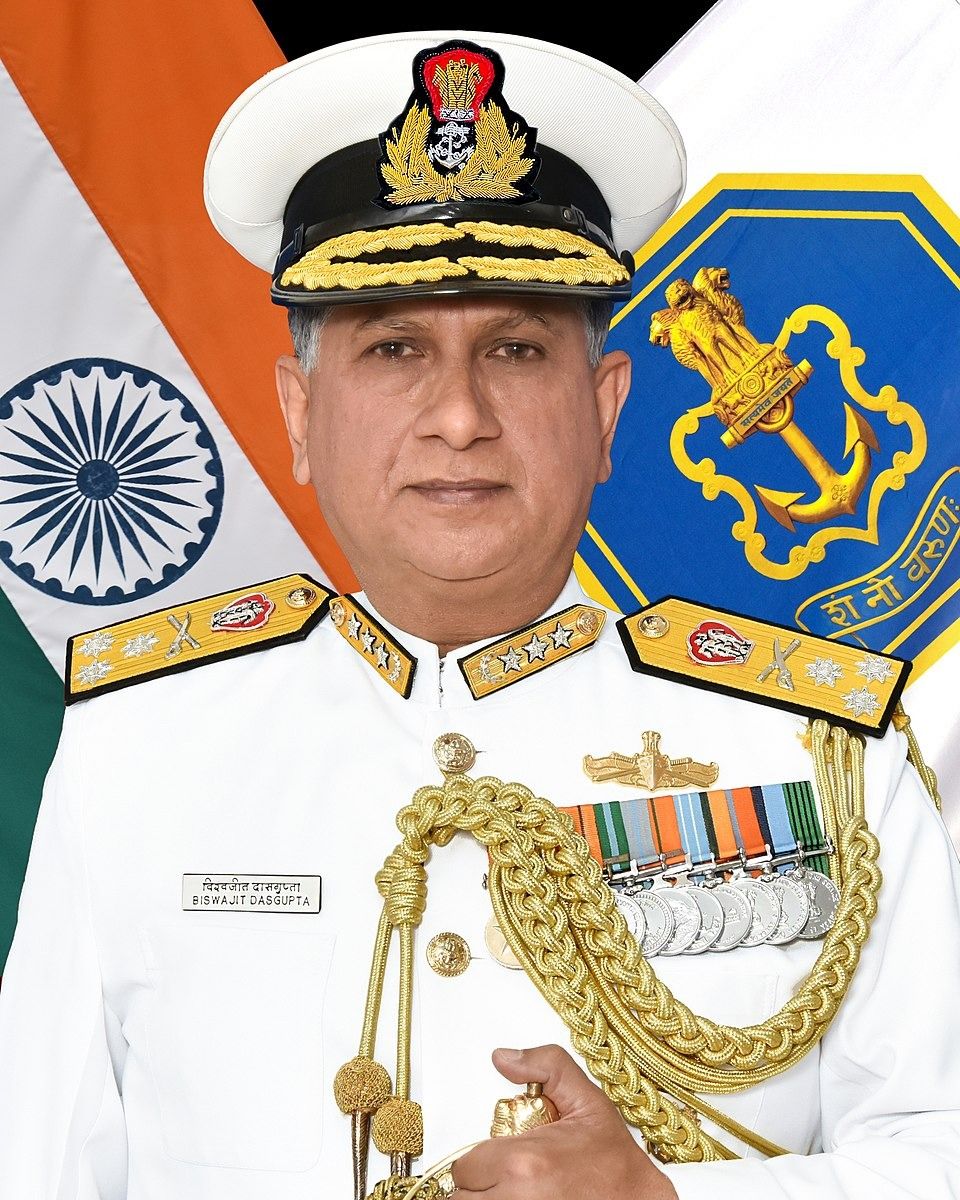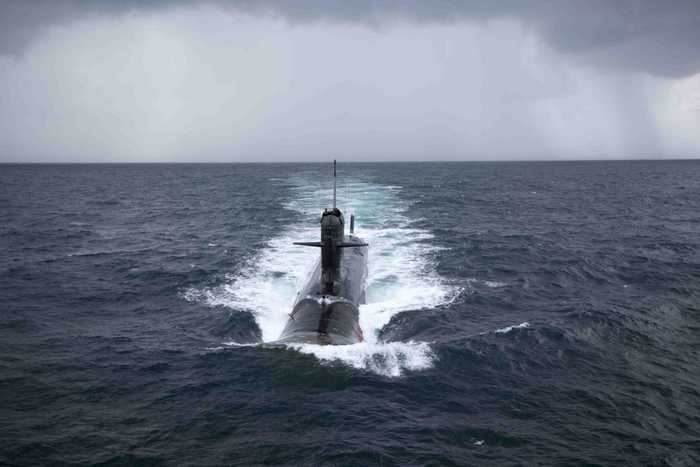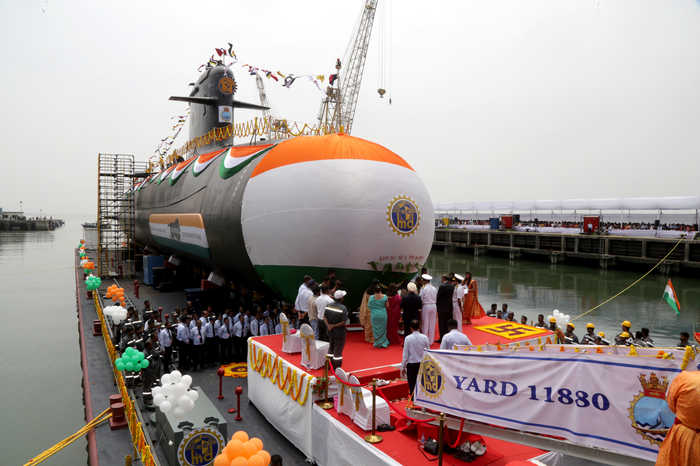Published 14:56 IST, November 26th 2024
India’s Submarine Evolution: The Rs 45,000-Crore Investment in Maritime Defence
In a historic decision, India’s Cabinet Committee on Security approved the construction of two indigenous nuclear-powered attack submarines (SSNs) for the Navy.
- Defence
- 6 min read

New Delhi, India - In early October 2024, the Cabinet Committee on Security approved the construction of two nuclear-powered attack submarines (SSNs) for the Indian Navy. This comes not only as a great relief for the Navy but also as a matter of great satisfaction for the designers working on an indigenous SSN since the middle of the last decade.
It may be recalled that India has already built and commissioned two nuclear-powered ballistic missile submarines, INS Arihant and Arighaat, in 2016 and 202,4 respectively. This is a huge achievement and should have been celebrated on the scale of India’s Chandrayaan mission, but security considerations may have militated against wider publicity of the SSBN programme. Follow-on SSBNs are also in different stages of construction.
Legacy of Nuclear Submarines: A Timeline of Achievement
India’s submarine-building story is peculiar and defies the normal growth of such a niche capability. In 1981, Mazagon Dock Ltd (now Mazagon Dock Shipbuilders Ltd) signed an agreement with HDW of Germany to build two conventional diesel-electric submarines in Germany and supply two knocked-down kits for assembly in India. This formed the bedrock of traditional submarine construction in the country and was a successful project by several considerations. The Indian Navy was very happy with the submarine’s performance, and MDL (now MDSL) obtained a decent capability for constructing conventional boats. Incidentally, all submarines, however big or small, are called ‘boats’ as a consequence of the World War II ‘U-boat’ terminology.

India went overtly nuclear in 1998 with the Pokhran nuclear tests. Delivery of nuclear systems required the triad of land, air and sea-based deterrents. Even before that, the Indian Navy’s Advanced Technology Vessel Project (ATV Project) was launched in 1984 in collaboration with the Bhabha Atomic Research Centre (BARC) as a technology demonstration of the Indian capability of building nuclear reactors for submarines. Few people knew about the existence of such a project then and even fewer realised how visionary a step that would prove to be. This project matured and eventually resulted in India’s SSBN construction project that saw the commissioning of the first Indian SSBN, INS Arihant, thirty-two years after the inception of the ATV Project.
Challenges and Visionary Steps
In the meanwhile, the Indian Navy needed to overcome two major challenges. First, the Indian Navy needed to develop or obtain critical technologies and systems essential for a project of this nature including reactor technology and its controls. Stringent safety requirements dictated that no shortcuts were ever taken and elaborate safety protocols and regulatory mechanisms were instituted. Second, the Indian Navy needed to train its human resources to meet the current and future needs of the project which included learning how to operate a nuclear-propelled boat safely and proficiently. Initially, the crews were trained in Russia and later, training facilities were set up in India with Russian assistance.
In order to have hands-on operating expertise, India leased SSNs on two occasions from Russia, both submarines being christened INS Chakra. These two periods of long lease ensured that the Indian Navy created a pool of trained and professionally competent operators, maintainers, repair and inspection staff, as well as essential shore facilities that are required to operate and maintain nuclear-powered boats. Lease of a third Chakra will also happen soon, and this will ensure that the Indian Navy continues to have a ‘current’ crew by the time the first SSN is delivered, which, by an informed guess, could be ten years down the line or more. India must gratefully acknowledge the assistance provided by the erstwhile USSR and now Russia, without whose strategic partnership it may have taken much longer to bring such a complicated project to fruition.

The natural process of submarine construction would have been to graduate from knocked-down kits to licensed production of conventional submarines and thereafter follow a similar process for nuclear-powered submarines, starting with SSNs. However, the peculiarity of the Indian submarine-building programme lies in its transition from the knocked-down assembly of a conventional submarine to the full-fledged indigenous construction of an SSBN. Licensed production of the French Scorpene submarines started much later. This is the most impressive example of leapfrogging in technology and capability. The question that arises now is, why India did not build SSNs before embarking on its SSBN journey? While the real reason may just be the result of a series of accidental happenings, in hindsight, it is possible to attribute two causes.
First, there was a continuous, vigorous and often uninformed debate in the power circles of Delhi about whether India should opt for nuclear power for its submarines or stick to conventional power. Some said, “Either take this or that,” little realising that apples are not oranges. A conventional submarine and a nuclear-powered submarine serve hugely different operational purposes. The better question to be asked would be, “Which kind of submarine propulsion meets our military security needs? Or do we need both?” Second, it could be a matter of budgetary prioritisation that did not allow such substantial allocations to the Navy. After all, the two SSNs now approved will set the exchequer back by Rs 45000 crores.
-1732613106977.webp)
However, the plough back to the Indian industry, economy and workforce will more than compensate for the cost of the boats. There will be a tremendous infusion of new technologies, the indigenous industry will get an all-round boost and the project will involve mostly Indian firms including MSMEs. There will be significant job creation and sustenance.
A Game-Changer for Maritime Security
A ship or submarine once constructed, lasts for over 30 years and its life-cycle operation creates business and sustains the livelihoods of a large workforce. The build period and subsequent upgradations and indigenisation efforts support innovation and indigenisation. As a ballpark indication, INS Arihant had 30 per cent indigenous content while the second SSBN, INS Arighaat doubled this figure to 60 per cent.
It can be safely assumed that our first SSN would have a much higher indigenous content. The SSN project will not only prove to be a game-changer for India in the maritime security sphere. It will also stand out as a shining example of Atmanirbhar Bharat and India’s maritime resurgence.
Vice Admiral Biswajit Dasgupta is a former Commander-in-Chief of the Eastern Naval Command with 38 years of experience, more than 15 of which have been in senior/apex leadership positions. He is a recipient of PVSM, AVSM, YSM, and VSM and retired on 31 July 2023.
Updated 18:40 IST, November 27th 2024